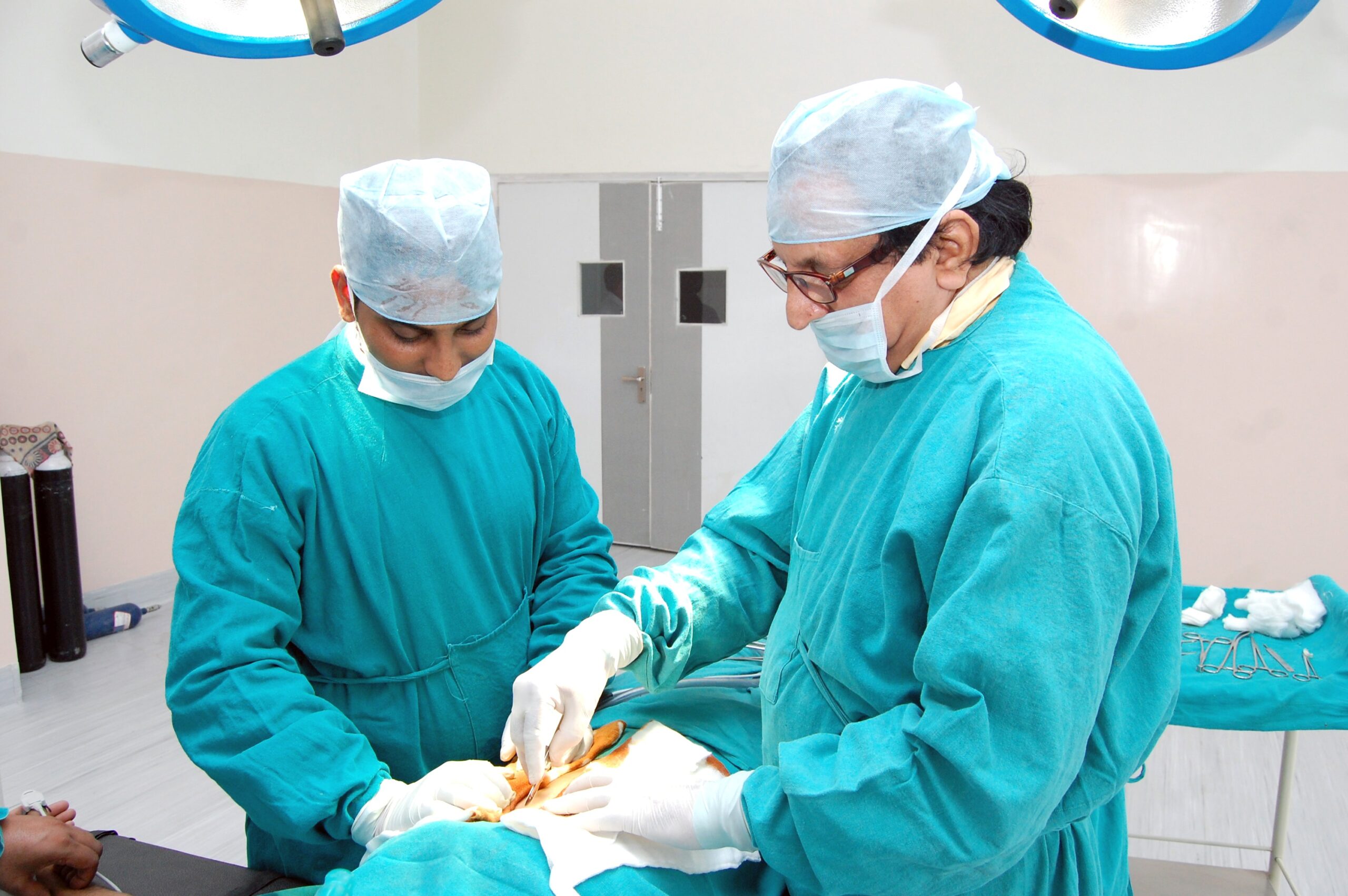Amongst the many different types of hernias, it can easily be said that inguinal hernia is the most common, affecting a great number of men in different parts of the world. The good news, however, is that inguinal hernia can be treated through procedures such as inguinal hernia repair. What you should know, though, is that you have two choices when it comes to repairing an inguinal hernia: laparoscopic surgery and open surgery.
The difference between open and laparoscopic surgery for inguinal hernia:
Perhaps the most glaring and easily distinguishable difference between open and laparoscopic surgery for inguinal hernia is that with open surgery, the surgeon makes a large incision or cut over the patient’s hernia. The incision or cut usually measures around six to eight centimeters in length. In laparoscopic surgery, however, the surgeon will make only around three tiny cuts in the patient’s abdomen. In one of the three small cuts, the laparoscope is inserted (a thin instrument which also contains a camera and a light source) so the surgeon will be able to see the patient’s abdomen. The other two small cuts are where the surgeon may insert other small instruments to put the hernia back in order.
For open surgery, patients will be given either a local anaesthetic or a local anaesthetic, which is usually injected in the patient’s spine. With a local anaesthetic, the patient will be awake, but the area where the operation is taking place is numbed. Sometimes, a general anaesthetic may be required for open surgery as well. For laparoscopic surgery, patients are given general anaesthesia, so they will be asleep during the entire procedure.
There are also two types of laparoscopic surgery: TAPP, or transabdominal preperitoneal, and TEP, or totally extraperitoneal. TAPP is distinguished by the insertion of instruments through the patient’s abdominal muscle wall and through the peritoneum, or the lining which covers the organs. A piece of the peritoneum will then be wrapped back over the patient’s hernia, and a small piece of meshing is glued or stapled to the weakest area of the patient’s abdominal wall so it is reinforced and becomes stronger. In TEP, which is the latest technique for laparoscopic surgery, the inguinal hernia is simply repaired without the need to enter the patient’s peritoneal cavity.
Which one is best for you?
It can be said that both open and laparoscopic surgery have their benefits, and both procedures are safe for the repair of inguinal hernia. But if you are still unsure what type of repair is best, you need to compare the two based on your own needs and requirements. For instance, keyhole or laparoscopic surgery will bring less pain, especially once the operation is finished. The incisions in laparoscopic surgery are much smaller, so it is less invasive as well and requires a shorter period of recovery. With laparoscopic surgery, since it is less invasive, there is less damage to the muscles as well.
Keyhole or laparoscopic surgery may also be better for some individuals due to medical reasons. For example, if you have a recurrent hernia (you have already received treatment for inguinal hernia through open surgery and it has returned), then laparoscopic surgery may be better for you. Those who also have bilateral hernias (two hernias found on each side) may also benefit greatly from laparoscopic surgery.
Of course, you should always consult with an experienced and reputable specialist so you will have a better idea of your options. Specialists in laparoscopic surgery and other procedures are always available at Londonsurgicalgroup.co.uk.

